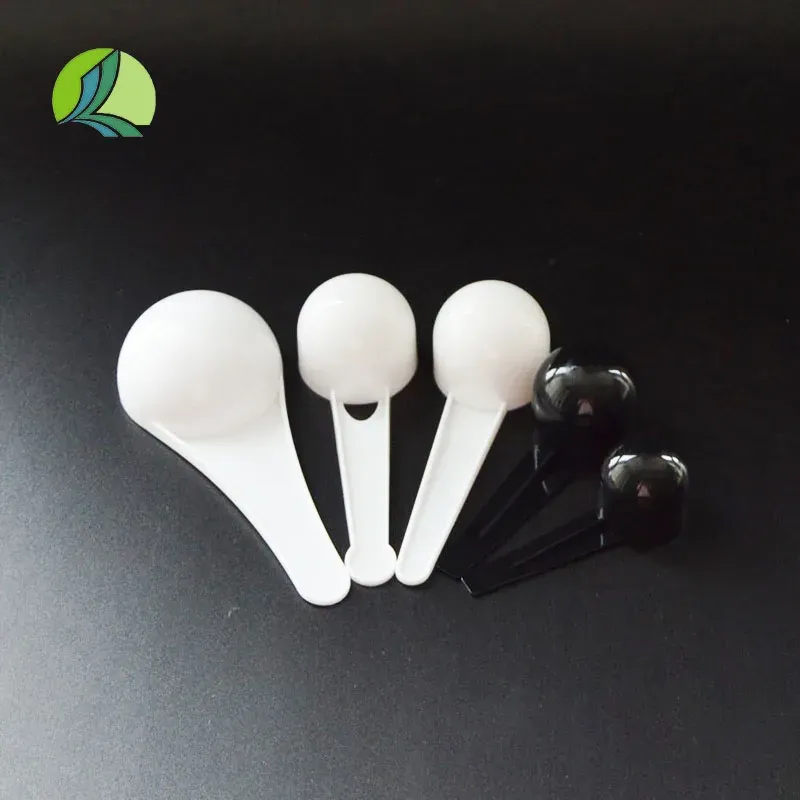
-
 Afrikaans
Afrikaans -
 Albanian
Albanian -
 Amharic
Amharic -
 Arabic
Arabic -
 Armenian
Armenian -
 Azerbaijani
Azerbaijani -
 Basque
Basque -
 Belarusian
Belarusian -
 Bengali
Bengali -
 Bosnian
Bosnian -
 Bulgarian
Bulgarian -
 Catalan
Catalan -
 Cebuano
Cebuano -
 Corsican
Corsican -
 Croatian
Croatian -
 Czech
Czech -
 Danish
Danish -
 Dutch
Dutch -
 English
English -
 Esperanto
Esperanto -
 Estonian
Estonian -
 Finnish
Finnish -
 French
French -
 Frisian
Frisian -
 Galician
Galician -
 Georgian
Georgian -
 German
German -
 Greek
Greek -
 Gujarati
Gujarati -
 Haitian Creole
Haitian Creole -
 hausa
hausa -
 hawaiian
hawaiian -
 Hebrew
Hebrew -
 Hindi
Hindi -
 Miao
Miao -
 Hungarian
Hungarian -
 Icelandic
Icelandic -
 igbo
igbo -
 Indonesian
Indonesian -
 irish
irish -
 Italian
Italian -
 Japanese
Japanese -
 Javanese
Javanese -
 Kannada
Kannada -
 kazakh
kazakh -
 Khmer
Khmer -
 Rwandese
Rwandese -
 Korean
Korean -
 Kurdish
Kurdish -
 Kyrgyz
Kyrgyz -
 Lao
Lao -
 Latin
Latin -
 Latvian
Latvian -
 Lithuanian
Lithuanian -
 Luxembourgish
Luxembourgish -
 Macedonian
Macedonian -
 Malgashi
Malgashi -
 Malay
Malay -
 Malayalam
Malayalam -
 Maltese
Maltese -
 Maori
Maori -
 Marathi
Marathi -
 Mongolian
Mongolian -
 Myanmar
Myanmar -
 Nepali
Nepali -
 Norwegian
Norwegian -
 Norwegian
Norwegian -
 Occitan
Occitan -
 Pashto
Pashto -
 Persian
Persian -
 Polish
Polish -
 Portuguese
Portuguese -
 Punjabi
Punjabi -
 Romanian
Romanian -
 Russian
Russian -
 Samoan
Samoan -
 Scottish Gaelic
Scottish Gaelic -
 Serbian
Serbian -
 Sesotho
Sesotho -
 Shona
Shona -
 Sindhi
Sindhi -
 Sinhala
Sinhala -
 Slovak
Slovak -
 Slovenian
Slovenian -
 Somali
Somali -
 Spanish
Spanish -
 Sundanese
Sundanese -
 Swahili
Swahili -
 Swedish
Swedish -
 Tagalog
Tagalog -
 Tajik
Tajik -
 Tamil
Tamil -
 Tatar
Tatar -
 Telugu
Telugu -
 Thai
Thai -
 Turkish
Turkish -
 Turkmen
Turkmen -
 Ukrainian
Ukrainian -
 Urdu
Urdu -
 Uighur
Uighur -
 Uzbek
Uzbek -
 Vietnamese
Vietnamese -
 Welsh
Welsh -
 Bantu
Bantu -
 Yiddish
Yiddish -
 Yoruba
Yoruba -
 Zulu
Zulu
Feb . 10, 2025 21:14
Back to list
Drop Bottle Plastic Drop Bottle Eye Medicine Bottle
Understanding the measurement of liquids using a dropper is fundamental for anyone involved in areas like healthcare, cooking, or even cosmetics. A critical question often arises how many milliliters (ml) does one dropper contain? With years of experience and expertise in the field of fluid dynamics, we aim to provide a comprehensive analysis that addresses this query professionally while ensuring trustworthiness.
Authoritativeness is key when discussing the functionality of droppers across these varied fields. Leading manufacturers often provide detailed guidelines and specifications about the droppers they produce. This information allows consumers and professionals alike to trust the equipment they are using, knowing it complies with industry standards. When purchasing droppers, whether for personal, culinary, healthcare, or cosmetic needs, it's indispensable to select products from reputable manufacturers. This ensures the droppers have been tested for precision and reliability, fostering trust in their use. Brands with a historical reputation for quality are more likely to supply droppers that meet the user's requirements for accuracy and consistency. Given this multifaceted approach to examining dropper capabilities and reliability, it becomes evident that their usage transcends mere convenience. Mastery of dropper functionality is deeply rooted in the specifics of their design and calibration, reflecting a need for precision in every sector they impact. From healthcare and cooking to cosmetics, the integrity of liquid dispensing is profoundly reliant on understanding how many milliliters a dropper dispenses. Ultimately, the empowerment of consumers and professionals with this knowledge allows for informed decisions, ensuring the safe, effective, and satisfactory use of dropper tools across different applications. Trust underpins every drop, every measure, and every application, demanding both expertise and reliable tools to maintain consistency and quality.


Authoritativeness is key when discussing the functionality of droppers across these varied fields. Leading manufacturers often provide detailed guidelines and specifications about the droppers they produce. This information allows consumers and professionals alike to trust the equipment they are using, knowing it complies with industry standards. When purchasing droppers, whether for personal, culinary, healthcare, or cosmetic needs, it's indispensable to select products from reputable manufacturers. This ensures the droppers have been tested for precision and reliability, fostering trust in their use. Brands with a historical reputation for quality are more likely to supply droppers that meet the user's requirements for accuracy and consistency. Given this multifaceted approach to examining dropper capabilities and reliability, it becomes evident that their usage transcends mere convenience. Mastery of dropper functionality is deeply rooted in the specifics of their design and calibration, reflecting a need for precision in every sector they impact. From healthcare and cooking to cosmetics, the integrity of liquid dispensing is profoundly reliant on understanding how many milliliters a dropper dispenses. Ultimately, the empowerment of consumers and professionals with this knowledge allows for informed decisions, ensuring the safe, effective, and satisfactory use of dropper tools across different applications. Trust underpins every drop, every measure, and every application, demanding both expertise and reliable tools to maintain consistency and quality.
Share
Latest news
-
Premium Metal Dropper Bottle for Precise Dispensing 250ml & 1ml Options AvailableNewsJul.04,2025
-
20 ml Headspace Vials - High Quality Polyethylene & Plastic Vials for Lab UseNewsJul.04,2025
-
Small Bottle with Pipette - Precise Dispensing 100ml Pipette Bottles for Essential Oils & Lab UseNewsJun.24,2025
-
Acetic Anhydride Bottle for Accurate Dropper Measurement in Pharmacy Use High-Quality Dropper BottlesNewsJun.10,2025
-
Innovative PET Bottle Design for Juice – Unique Shapes & Customization OptionsNewsJun.10,2025
-
20 Pack Sterilized Petri Dishes – Assorted Sizes, High Quality Small Plastic Petri Dishes for Lab UseNewsJun.10,2025
RECOMMEND PRODUCTS






















